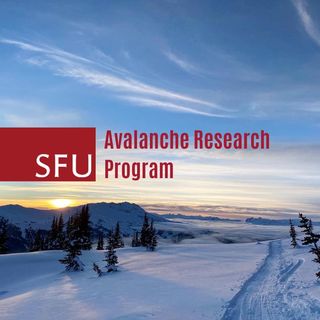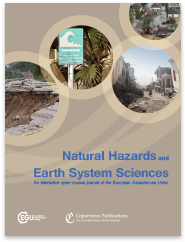A method of deriving operation-specific ski run classes for avalanche risk management decisions in mechanized skiing
Abstract
An in-depth understanding of the nature of the available terrain and its exposure to avalanche hazard is crucial for making informed risk management decisions when travelling in the backcountry. While the Avalanche Terrain Exposure Scale (ATES) is broadly used for providing recreationists with terrain information, this type of terrain classification has so far only seen limited adoption within the professional ski guiding community. We hypothesize that it is the generic nature and small number of terrain classes of ATES and its precursor systems that prevent them from offering meaningful assistance to professional decision makers. Working with two mechanized skiing operations in British Columbia, Canada, we present a new approach for deriving terrain classifications from daily terrain assessment records. We used a combination of self-organizing maps and hierarchical clustering to identify groups of ski runs that have been assessed similarly in the past and organized them into operation-specific ski run hierarchies. We then examined the nature of the emerging ski run hierarchies using comprehensive run characterizations from experienced guides. Our approach produces high-resolution ski run hierarchies that offer a more nuanced and meaningful perspective on the available skiing terrain and provide new opportunities for examining professional avalanche risk management practices and developing meaningful decision aids.

